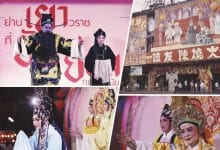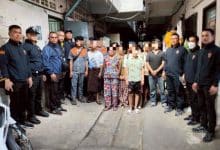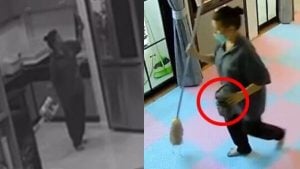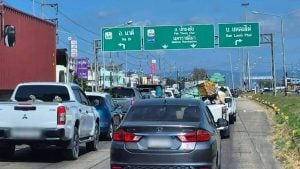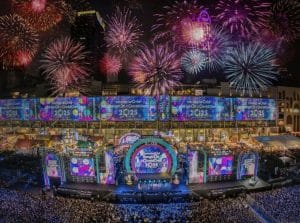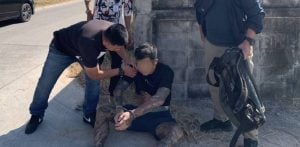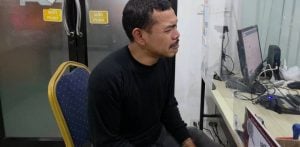Pathom to enlightenment: Locals ‘chedi’ up for festival of worship
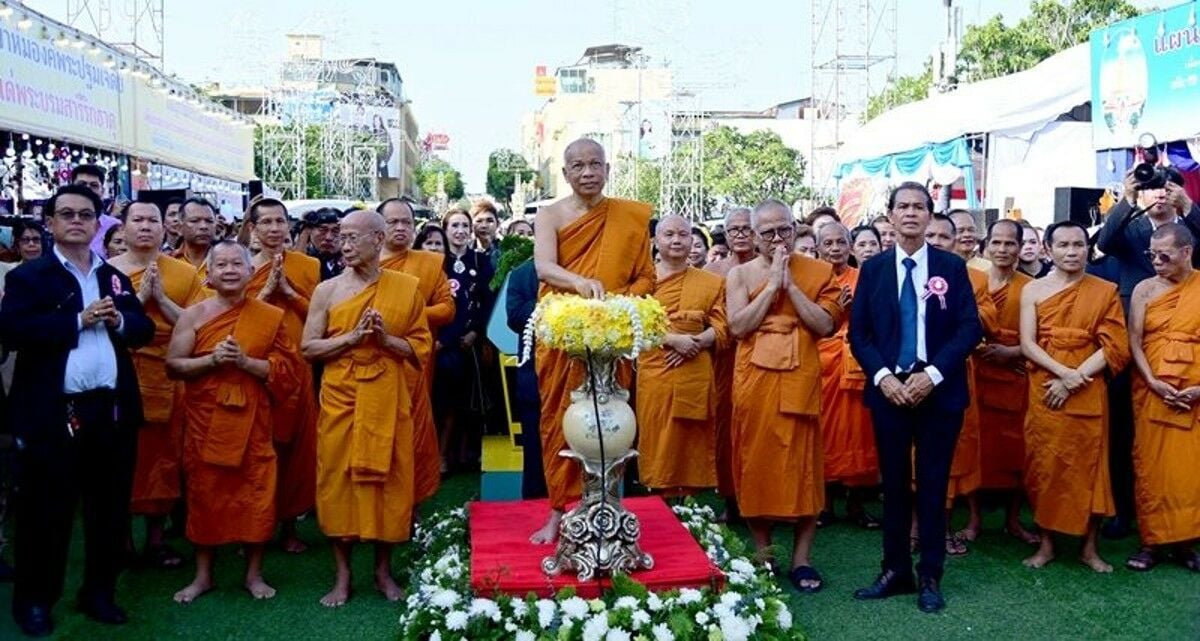
The annual festival of worship at the revered Phra Pathom Chedi in Nakhon Pathom kicked off yesterday, November 12, providing a cherished opportunity for locals to venerate sacred Buddhist relics. The event spans nine days and nights, aiming to uphold ancient traditions and cultural heritage.
Set in the town of Nakhon Pathom, this festival is a significant annual event, drawing people from across the region to pay homage to the sacred relics housed within Phra Pathom Chedi.
The opening ceremony was presided over by the Sangha Supreme Council committee member, Somdet Phra Maha Wirawong, representing the monastic community, while Arocha Nantanamontree, acting governor of Nakhon Pathom, led the laypeople.
Attendees included senior monks, government officials, and local citizens, all gathering to participate in this time-honoured tradition. The festival allows the public to worship sacred Buddhist relics and statues around Phra Pathom Chedi.
This revered festival, held from November 12 to 20, coincides with the 12th lunar month, from the 12th waxing moon to the fifth waning moon. It serves as a historical reminder of the early spread of Buddhism to the region by the revered monks Sona Thera and Uttara Thera. The festival not only commemorates these spiritual milestones but also aims to preserve and promote Thai traditions and culture.
The event also provides a platform for local farmers and vendors to bring their goods directly to consumers, fostering community support and economic activity. This aspect of the festival is crucial, as it offers a unique opportunity for artisans and producers from various parts of Thailand to showcase and sell their products, thereby bolstering local economies.
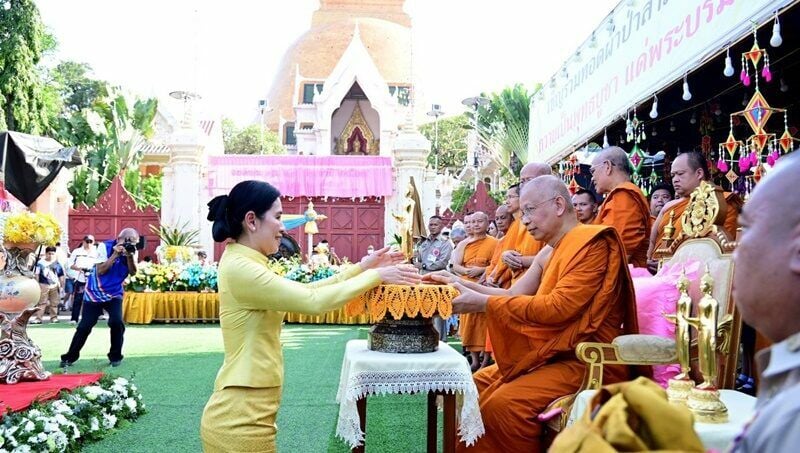
The Phra Pathom Chedi, originally known as Phra Tham Chedi, has a rich history dating back to the reign of King Mongkut (Rama IV). During his monastic years, King Mongkut embarked on a pilgrimage to the site, recognising its historical and cultural importance.
In 1853, upon ascending the throne, he ordered the construction of a large bell-shaped chedi over the original structure, which stands 120 metres tall. Although he passed away before its completion, subsequent monarchs, including King Chulalongkorn (Rama V), continued the restoration and embellishment of the chedi, adding a bell tower and decorative tiles.
This festival is not just about worship; it is about preserving Thailand’s heritage and contributing to the maintenance of its cultural sites.”
The festival also underscores the dedication of the Thai people to maintaining their cultural and religious sites. Contributions collected during the festival aid in the ongoing restoration and preservation of the Phra Pathom Chedi, ensuring its beauty and structural integrity for future generations.
This commitment to cultural preservation is a testament to the enduring spirit of the local community and its reverence for historical traditions, reported KhaoSod.
Frequently Asked Questions
Here are some common questions asked about this news.
Why is the festival at Phra Pathom Chedi significant for preserving Thai culture?
It reinforces historical traditions, promotes community bonds, and aids in the preservation of cultural sites.
How does the Phra Pathom Chedi festival impact local economies?
By allowing artisans and farmers to showcase and sell their products, boosting economic activity.
What if the festival were to expand beyond nine days?
It could enhance cultural exchange, and economic benefits, and potentially attract more international tourism.
How does the festival reflect the spread of Buddhism in Thailand?
It commemorates historical milestones of Buddhism’s spread by revered monks, fostering spiritual heritage.
Why is the restoration of Phra Pathom Chedi important to the Thai people?
It symbolises cultural pride and ensures the preservation of a significant religious and historical monument.
Latest Thailand News
Follow The Thaiger on Google News:
